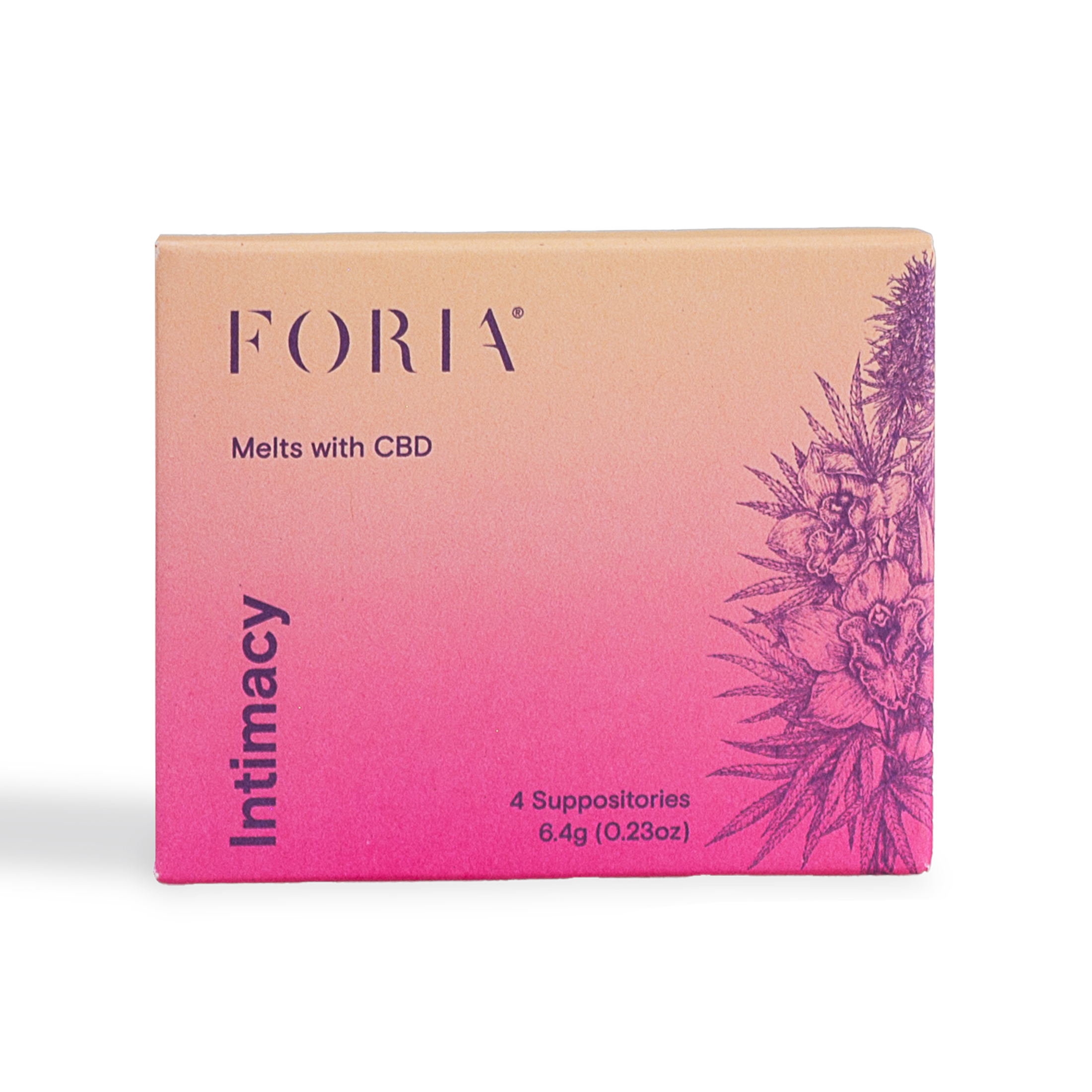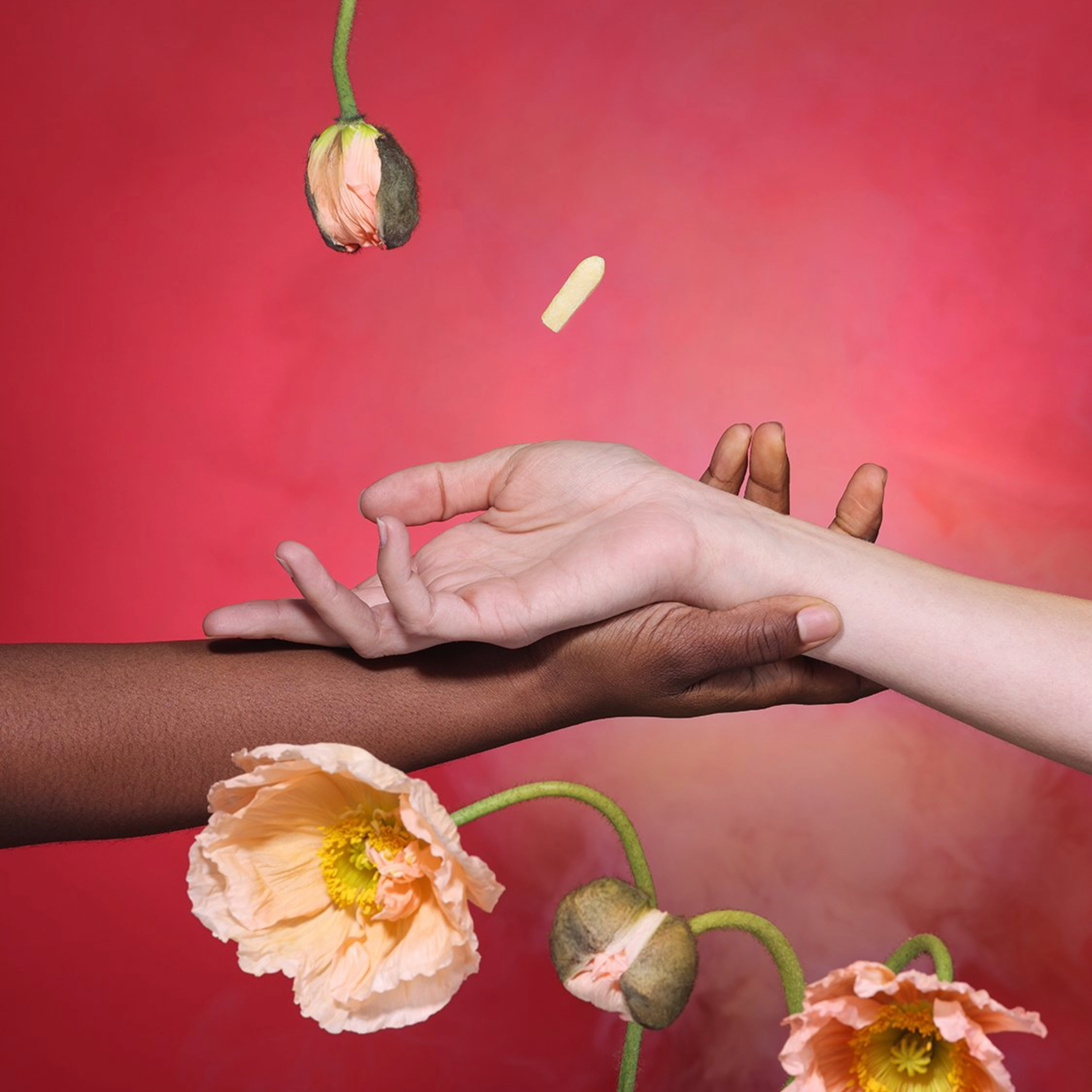We don’t feel like we’re going out on a limb here when we say that orgasms are pretty darn great! Orgasms feel amazing, bring us closer to our partner (or ourselves), and release feel-good endorphins into our systems – what can’t they do?
But why stop at one if you don’t have to? Why not learn to have multiple orgasms and indefinitely extend your pleasure and enjoyment?
We’ve got all the sexy tips and tricks you need to keep the party going as long as you want.
The Basics: What Is an Orgasm?
Let’s start with a little science. You might know what an orgasm feels like, but do you know what actually happens in your body when you have one?
Your orgasm may only last for a little bit (and never long enough, right?), but there are four distinct “stages” that go on behind the scenes to get you there — excitement, plateau, the orgasm itself, and resolution.
Excitement
The excitement phase is precisely what it sounds like. This is everything that gets you going and turns you on.
Think visual, physical, and mental stimuli — how your partner looks (clothed and unclothed), how they smell, touch you, foreplay, penetration, etc. All of these things combine to trigger your parasympathetic nervous system, which has earned the nickname “feed-and-breed” because of the reactions it controls.
When you’re in the excitement stage, your heart is probably beating faster, your chest might be flushed, your muscles are tense, and your skin is more sensitive — you’re ready to explode! Your spongy genital tissue starts to get erect (your penis or clitoris, which are made of the same thing), and you may start to get wet.
Plateau
The next stage that happens just before having an orgasm is the plateau stage. All that good stuff happening to your body during the excitement phase is still present and going strong, but there are a few subtle changes.
You may notice the muscles of your hands, face, or feet are even tenser, and your heart rate and blood pressure climb even further.
If you have a vulva, your clit will be at its most sensitive and may even pull itself back into the clitoral hood to avoid direct touch. If you have a male body, you may notice that your testicles retract further into your scrotum.
Orgasm
This is it — the big show, the fireworks, la petit mort. Orgasms are different for everyone, and if you asked 100 people to describe them, you’d probably get 100 different answers. While it’s the shortest of the four orgasm stages, it’s definitely the most intense.
When you finally go over the edge, your muscles contract even more. You’re breathing quickly, your heart is racing, and you get a rush of pleasure throughout your body.
Most people with a penis will ejaculate semen (because of a quick contraction of the muscles at its base), while most people with vulvas feel their vagina and pelvic muscles contract without visible ejaculation.
Resolution
So, your mind is blown, you’re exhausted, you’re ready to take a nap — it’s all over, right? Not so fast! There’s one more stage in the orgasm process, known as resolution (sometimes called the “refractory period”).
This stage starts right after your orgasm when your body starts to relax and come back to its baseline. It’s also the time you have to wait before having another orgasm, which makes it the key to learning how to have multiple orgasms.
The resolution stage lasts a different amount for everyone. People who were assigned male at birth usually have a refractory period of at least 30 minutes, while those who were assigned female at birth may be able to get off again just a few minutes later.
Other factors include your hydration status (you know you need to drink more water), age, diet, sex drive, and overall health.
What Are the Different Types of Orgasms?
One of the coolest features of the human body is how many different ways it can experience pleasure. We have options, people! Don’t settle for just one; try out as many as possible.
Clitoral
If you were born with a vulva, you’re probably most used to the idea of the clitoral orgasm. Most people with this anatomy can obtain orgasm through clitoral stimulation, whether with their hand, their partner’s anatomy (fingers, a penis, etc.), or a vibrator.
This mostly occurs through a rubbing motion, although the specific type of stimulation varies from person to person.
Vaginal
People with vulvas can also have vaginal orgasms, although they aren’t as common (especially without additional clitoral stimulation). Vaginal orgasms are achieved through vaginal penetration of some kind, but everything needs to line up for that to occur.
You need to be sufficiently lubed up (we’re huge believers in adding lube to every sexual encounter) and aroused.
If you have trouble getting aroused, try an arousal oil on your vulva, clitoris, and inside the vagina. This oil helps to heighten sensation and increase sexual pleasure, which can also increase the odds of experiencing a vaginal orgasm!
Ejaculatory
Did you know that all types of bodies have the potential to ejaculate? Although we call it “squirting,” when people with female bodies do it, ejaculatory orgasms are universal.
While it’s pretty straightforward when you or your partner have a penis (use plenty of lube, stimulate with your hand, mouth, vagina, or anus, repeat), it takes a little more work to get the vagina to explode the same way.
The key to an intense orgasm is to familiarize yourself with the G-spot, located a few inches in and up on the front wall of the vagina. When you or your partner feel it with your fingers, it will feel like “spongy” tissue, which is how you’ll know you’re in the right place!
Stimulation of the G-spot is easiest to do with manual stimulation (fingering), certain sex positions, or sex toys.
Prostate
If you were born with a penis, don’t be sad that you don’t have a G-spot. If you’re open to new sexual experiences, you should give prostate stimulation a shot — there’s a reason it’s been called the male G-spot (or the P-spot)!
If it’s your first time, start by using your well-lubricated fingers (or having your partner use theirs) to feel inside your anus a few inches. You’re aiming for the area between the base of the penis and the anus, toward the front of the body.
You’ll know when you hit it because it’ll feel slightly different from the tissue around it, and it’ll be the size of a walnut.
Once you’ve found the prostate, you can use techniques similar to clitoral sexual stimulation — pressing it a little bit like a doorbell, running your fingertip across it, etc. — or by investing in a sex toy designed specifically to stimulate it.
Prostate orgasms are far less ejaculatory than traditional penis-based orgasms but have been described as a lot more intense.
How Can You Have Multiple Orgasms?
Orgasm science is fascinating, of course, but we know the real reason you’re here – you want to learn how to have multiple orgasms! While it’s likely not going to happen overnight, practice makes perfect (plus, it’s super fun).
Let’s start by defining what we mean by “multiple orgasms.” Having multiple orgasms is the ability to have more than one orgasm in a single sex session, but they don’t necessarily have to be back to back.
Statistically, people with female bodies tend to be able to have multiple orgasms easier than those with male bodies, but only around 15 percent of people even try. It’s up to you to be that exception, and we’ll teach you how.
Build the Tension
When you’re ready to get to work, try to hold off on masturbation for a few days prior. Building the tension with yourself puts your head in the game, especially if you’re someone who pleasures yourself frequently (no judgment from us, though).
If you’re just hungry to be touched, your body will be much more responsive than if you approach it like it’s another day, another orgasm.
However, while building the sexual tension, don’t hang onto any emotional stress. Orgasmic experiences are an excellent form of stress relief, but high-stress levels can also get in the way of letting go the way you need to to learn how to have multiple orgasms.
Try practicing relaxation techniques or using products like our Intimacy Melts to release stress.
Try Edging
Remember when we talked about the stages of having an orgasm? Edging takes advantage of that plateau stage right before orgasm, allowing you to delay and ultimately improve your orgasms.
But how the heck are you supposed to do that?
People use a few techniques to edge, but it all comes down to the same basic idea — letting your pleasure build and build until you’re right at the point of no return and then stopping so you don’t go over the edge.
Keep doing this over and over until you’re ready to orgasm. You will have more powerful climaxes and gain greater control over when you have an orgasm (which may make learning how to have multiple orgasms easier, too).
Stimulate Multiple Areas
We discussed that there are different types of orgasms, so take advantage of that by incorporating that knowledge into learning how to have multiple orgasms! For your first orgasm, practice a little edging before allowing yourself to have a clitoral orgasm (or ejaculatory orgasm if you have a penis).
For your second orgasm, try to have a vaginal orgasm, explore squirting, or stimulate your prostate! Multiple orgasms are a great way to make your sexual activity feel like an all-you-can-eat buffet.
Stimulating multiple areas can also mean trying different types of stimulation simultaneously. Pleasuring the clitoris while experiencing vaginal or anal stimulation, the double penetration of the vagina and anus, or any combination, can also be new and exciting enough to trigger multiple orgasms.
Practice Solo
Sex is fun with a partner but to truly learn how to have multiple orgasms; you have to know your own body inside and out first. Yes, we’re saying you should be touching yourself more — if you were waiting for permission, we’re officially giving it to you.
Learning your body and being able to have multiple orgasms during a single solo session is the best indicator that you’ll be able to achieve the same results with a trusted, supportive partner.
In addition to just engaging in much more self-love, you may also want to look into pelvic floor exercises. Everybody has a pelvic floor, although we tend to focus on them more in the anatomically female body. Stronger pelvic floor muscles mean stronger, better orgasms (and less urinary leaking, but that’s another story).
First, start by isolating the target muscle — the pubococcygeus muscle (also known as the PC muscle). This is the muscle that gets tight when you have an orgasm and the one that you squeeze on purpose when you’re trying to make it to the bathroom without having an accident (we’re looking at you, moms!).
If you’re still having trouble figuring out exactly where these muscles are, pay attention to the part contracting right after orgasm!
Once you can reliably isolate your pelvic floor, take the time to squeeze and release the area a few times a day. These are known as kegel exercises, which you’ve probably heard of before. A pelvic floor therapist can also help if you want some professional guidance.
The Bottom Line
There’s no secret to learning how to have multiple orgasms; it just takes practice, an open mind, and a lot of lube! Explore the different types of pleasure that your body is capable of, prioritize your sexual health and wellness, and don’t be afraid to try new things to spice up your sex life.
Your body is an amusement park, after all, so you should absolutely enjoy the ride.
Sources:
What is orgasm? A model of sexual trance and climax via rhythmic entrainment | PubMed
New insights from one case of female ejaculation | PubMed
What are multiple orgasms? How common are they? | ISSM
Featured in this article
Want more? Sign up for our newsletter
By entering your email, you are agreeing to our terms and conditions and understand our privacy policy.













